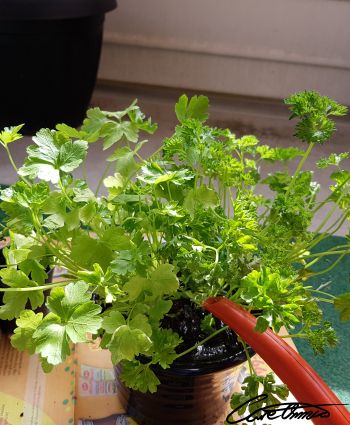What Is Phylloquinone & What Foods Can I Find It In?
Phylloquinone is one of the K Vitamins.
Vitamin K is not just one vitamin.
It is the collective name for several fat-soluble compounds with similar chemical structures.
The major form of vitamin K you find in green plants comes in the form of phylloquinone.
Phylloquinone is the natural form of vitamin K and is essential for bone health.
It is the predominant form of vitamin K found in the human diet.
Table of Contents
Phylloquinone, Our Major Dietary Source
Dietary vitamin K is found in two main forms; phylloquinone also called vitamin K1, and menaquinones, also called vitamin K2.
Phylloquinone is our major dietary source, which is mainly found in green plants. (source ◳)
Phylloquinone is an unsaturated vitamin K that is synthesized by microorganisms, particularly bakers and plant pathogenic bacteria.
This vitamin is commonly produced by fermentation of Aspergillus Niger. Aspergillus Niger is a kind of filamentous fungi.
Our requirement for vitamin K hasn't been known precisely. But it has now been recognized that vitamin K is an essential nutrient for human health.
Vitamin K is an essential nutrient that works with vitamin D and calcium to promote strong bones. However, vitamin K is also important for blood clotting.
Vitamin K For Infants
Vitamin K is especially important for infants.
Neonates that do not receive vitamin K at birth are at higher risk for hemorrhagic disease of the newborn. (source ◳)
Why Vitamin K Is Important
Vitamin K is necessary for proper clotting of the blood. Which means that Vitamin K is required for the production of coagulants, which are proteins that help to coagulate and stop blood flow in clots.
Vitamin K can be used to treat patients with bleeding disorders.
Vitamin K is involved in the production of several proteins in the body, for instance osteocalcin, which is used to build bone.
Deficiency of this vitamin can contribute to a lack of bone density and joint problems.
Vitamin K helps to improve bone density and to reduce the amount of bone turnover, which is the rate at which bone is destroyed and rebuilt.
We Consume Lots Of Phylloquinone, But Can't Absorb It
Phylloquinone is the major dietary form of the K vitamins, and it has a much faster turnover than the other fat-soluble vitamins A, D, and E. (source ◳)
But vitamin K1 found in plants is poorly absorbed by the body.
It seems to be less than 10% of the K1 found in plants is actually absorbed. (source ◳)
Also, the majority of the daily dietary intake of phylloquinone gets lost by excretion, around 60-70%.
It emphasizes the need for a steady dietary supply. (source ◳)
The main dietary source of vitamin K is green leafy vegetables. But the best way to get enough vitamin K is through the consumption of fat-rich foods such as fatty fish, fish oil and egg yolk.
Foods You Can Find Phylloquinone In

You find Phylloquinone mostly in spices, herbs, and vegetable products.
Examples of food sources include
Foods in our nutrition tool
You can find regularly updated top-ranked lists of foods for over 200+ nutrients in our nutrition tool.
If you are interested in what foods contain the most Phylloquinone, we recommend you visit our tool.
Here's our top-ranked list of foods that contain Phylloquinone.

